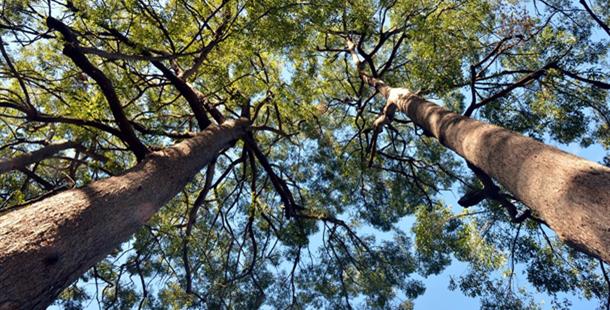December 2017
The lead article in the Courier Mail titled “We’re Going Totally Wild” deserves some consideration. Queensland is endowed with wonderful national parks, the prime purpose of which is to preserve the plants and animals that are contained within. NPAQ fully supports the notion that that national parks are important for humans but believes activities should be compatible with the purpose of nature conservation.
A large amount of work goes into assessing and declaring national parks initially and then managing threats/ maintaining populations of native plants and animals. It is well established that national parks do not encompass all types of native plants and animals in Queensland yet the state is particularly rich in diversity. It is also well understood that protected areas are the best means of ensuring survival of native species.
Of the 1,727,000 square kilometers of the state approximately 6% is protected by strong legislation such as that applying to national parks. Let’s think about this – over 1,600,000 square kilometers of the state is available for our activities- agriculture, mining, urban development and so on and around 100,000 is available for native plants and animals.
In the article of the 23rd of December a number of comments are attributed to Brett Godfrey, the Chair of Tourism and Events Queensland. Below are responses:
“Queensland is not cashing in on the stunning destinations”; Kate Jones in October 2017 said that tourism contributes $25 Billion to the state economy and employs some 225,000 Queenslanders. It is well known that the reef, the Whitsundays, Fraser Island Lamington national park and other locations already receive many of these visitors. It seems that the desire is to cash in even more. The state’s 2016 Ecotourism Development Tool Kit indicates that “experiences are managed to ensure that they are ecologically, economically and socially sustainable”. It is imperative that we think more broadly than cash and be specific about what socially and ecologically sustainable means in practice.
“We do not have one person who can sleep in a bed in a national park in Queensland.” This seems to ignore that visitors can take into national parks bedding for their own use. Is this such a bad thing? In addition, there is adequate and often high standard accommodation in close proximity to parks. Surely we are doing ok to be able to sleep in substantial beds in the other 1,600,000 square kilometers of the state.
“…. a push to help the state reclaim its mantle as Australia’s tourism capital” If this is the objective has the electorate indicated its support? Aiming to be the biggest is rather shallow and seems to ignore that which would be sustainable in the long term.
” No one says New Zealand has really buggered up their national parks by opening tourism.” Firstly really buggering up an area is a low benchmark. Secondly, a comparison with New Zealand is not valid- Australia is one of the most bio diverse countries with more species of mammals, birds, reptiles and amphibians than 95% of countries. Thirdly, a cursory examination of the literature reveals an example of an 80 km mountain bike trail being located at Old Ghost Road in the South Island of New Zealand. Risks being created by the track and accommodation are greater access for dogs which prey on the endangered Kiwi and the spread of an invasive weed Didymo ( Bevan Chigwell, Earth Island Journal, October, 2015). Tourism and Events Queensland should fund an objective assessment of the risks and benefits of ecotourism developments before pursuing any in Queensland.
“The adventure tourism market is the fastest growing tourism sector in the world and we have some of the best national parks in the world but we are not taking advantage of it.” This needs to be explained as adventure means many things to many people. For example being in a wilderness( without man-made structures) and appreciating its unique qualities can be an adventure.
We’re going totally wild or are we simply continuing to be totally greedy? Our new government has an opportunity to implement controls on land clearing and also to place greater value on our national parks. Before adding further threats to our parks let’s focus on what is required to ensure adequate protection for the state’s biodiversity and how parks can be showcased without impacting biodiversity values.
To help us keep conservation at the heart of our national parks



